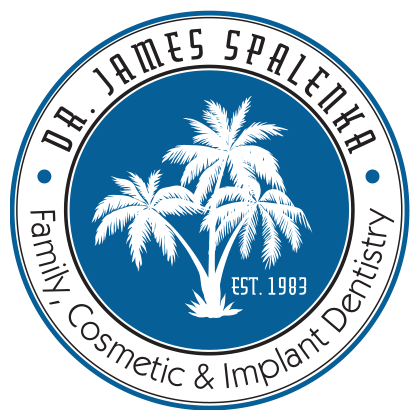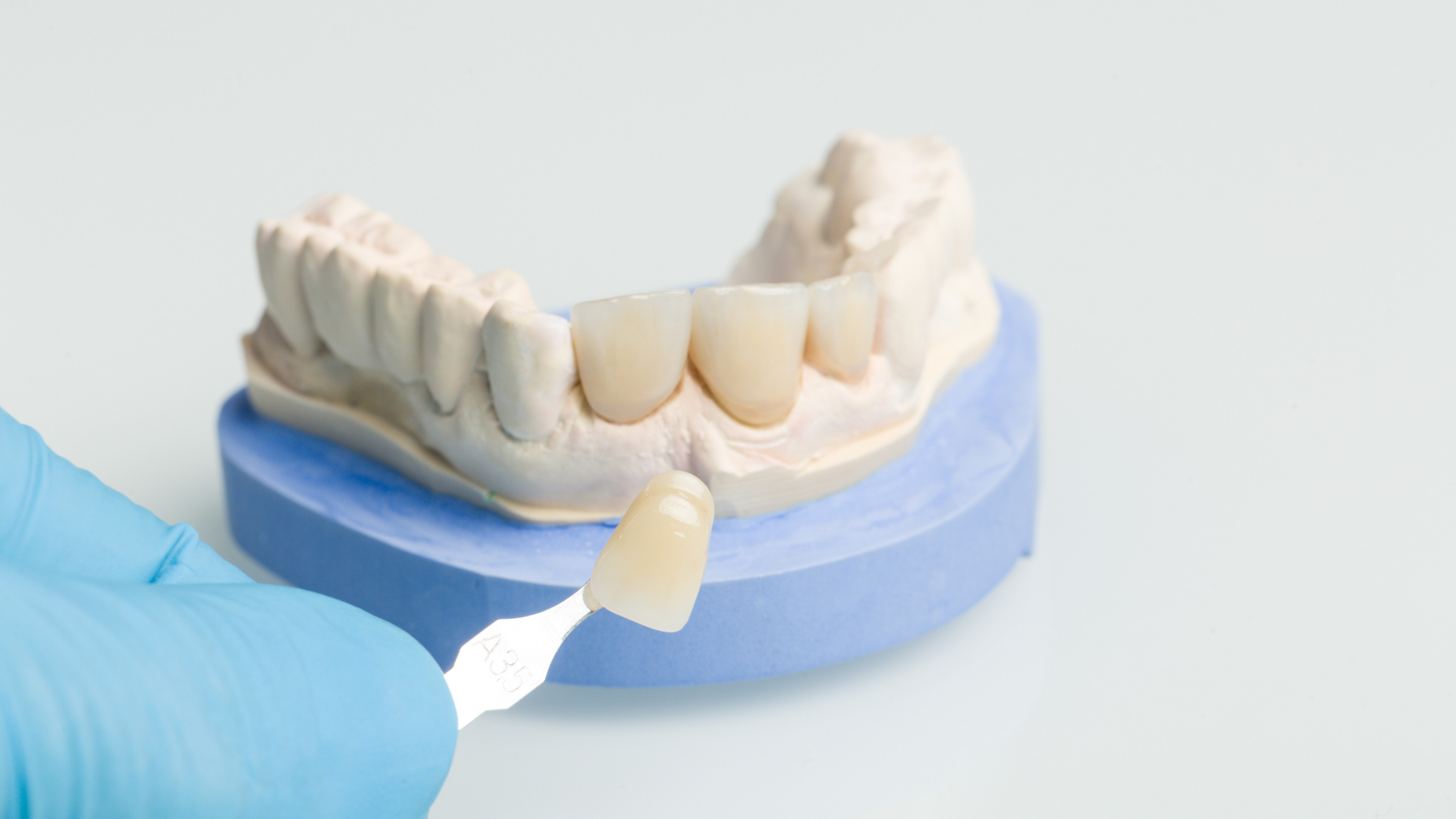Crowns and Bridges
December 29, 2021
Missing teeth can be replaced with bridges, dentures or dental implants. Each option has its pros and cons, depending on the health of your teeth and your budget.
With advanced training and extensive experience in restorative and advanced dentistry, Dr. Spalenka will evaluate your teeth and gums and help you to choose the best option for you.
With advanced training and extensive experience in restorative and advanced dentistry, Dr. Spalenka will evaluate your teeth and gums and help you to choose the best option for you.

Why a Bridge?
A dental bridge is used to fill the spa ce where a tooth is missing. Gaps between teeth can cause chewing problems. If even one tooth is missing , other teeth may shift out of place. This changes the way your teeth fit together. A poor bite may make your jaw sore. Your teeth may become harder to clean which leads to tooth decay and gum disease.
Lots of good reasons to fill the cap of a missing tooth and the bridge is one way to accomplish that. A typical bridge consists of at least 3 crowns. The missing teeth are replaced with crowns (pontics). Crowns cover the adjacent teeth (abutments).
Cons to bridges:
- Shaving down of the adjacent healthy teeth
- Bone loss under the missing space
- Stress on the anchor teeth
- Recurrent decay or periodontal disease
- Replacement in 5-10 years
Make an appointment today for examination and consultation to determine if a bridge is the right option for you. Call 858-487-9444 or request an appointment online.



